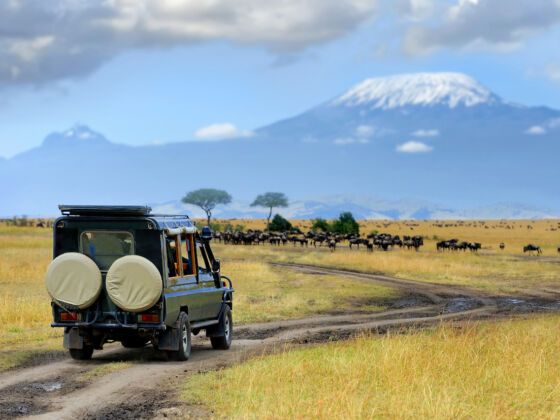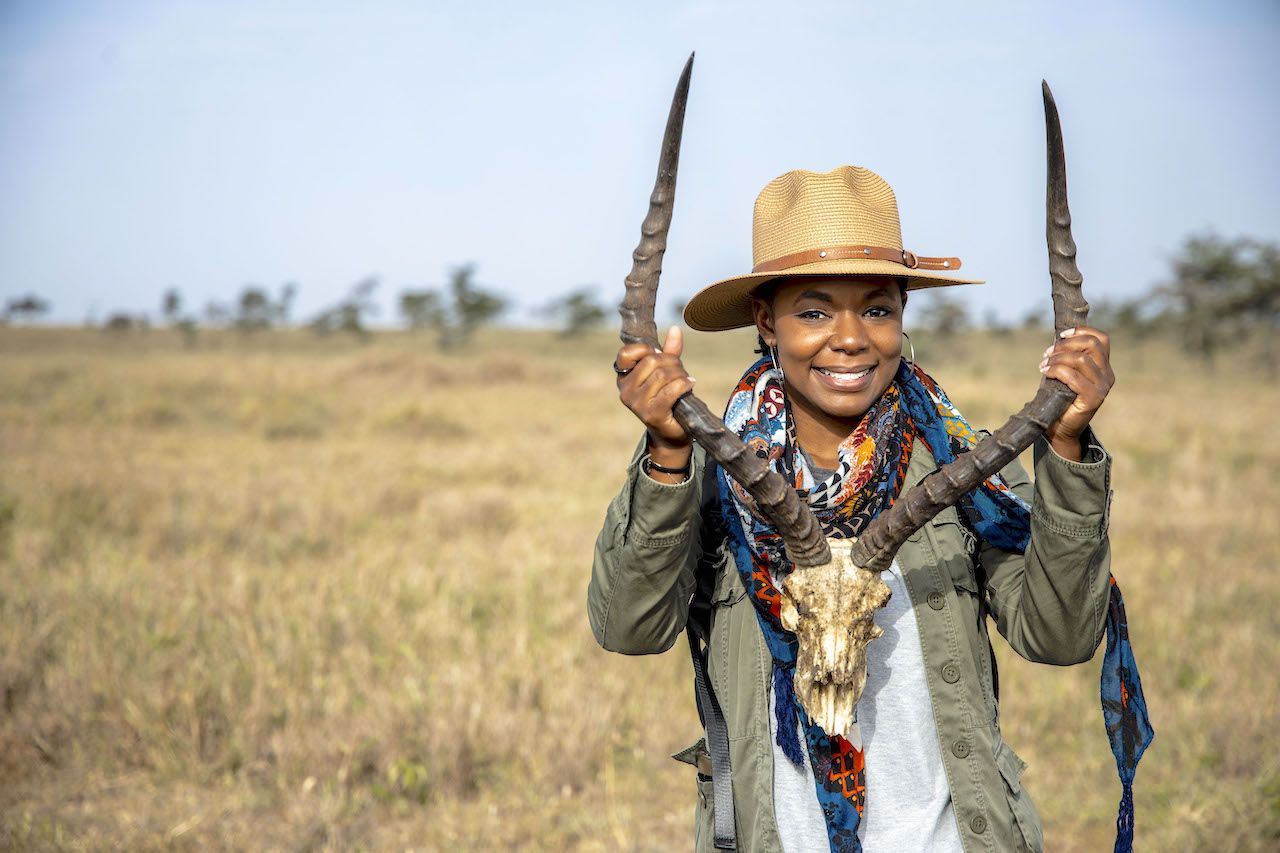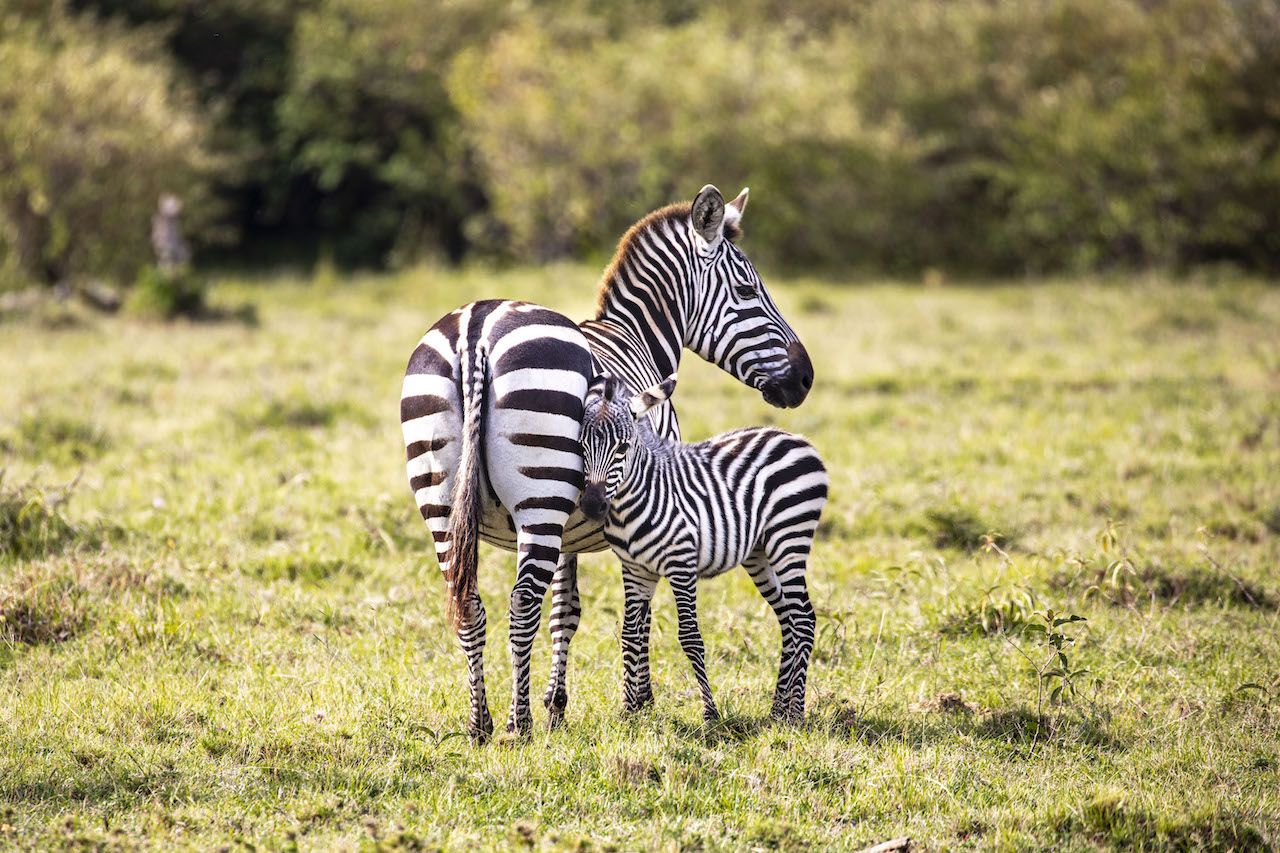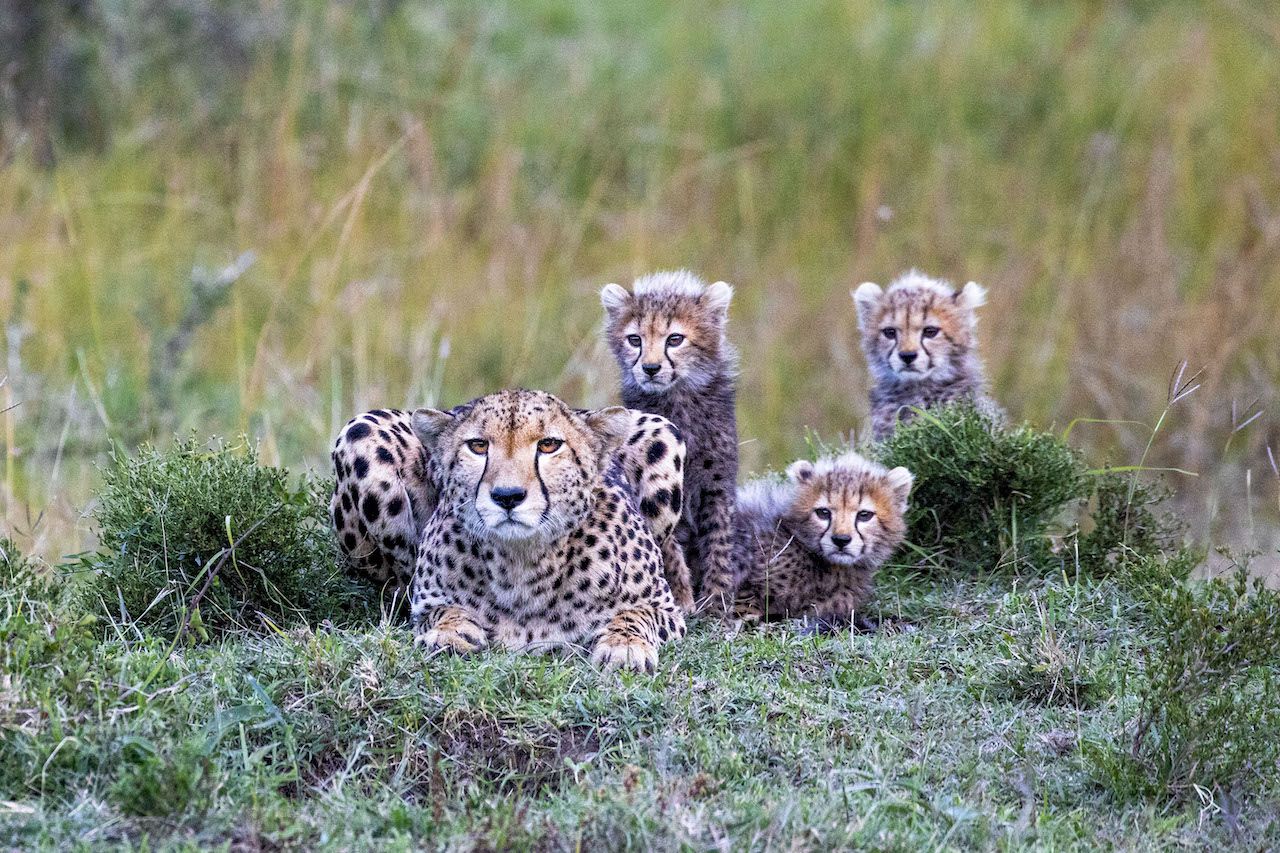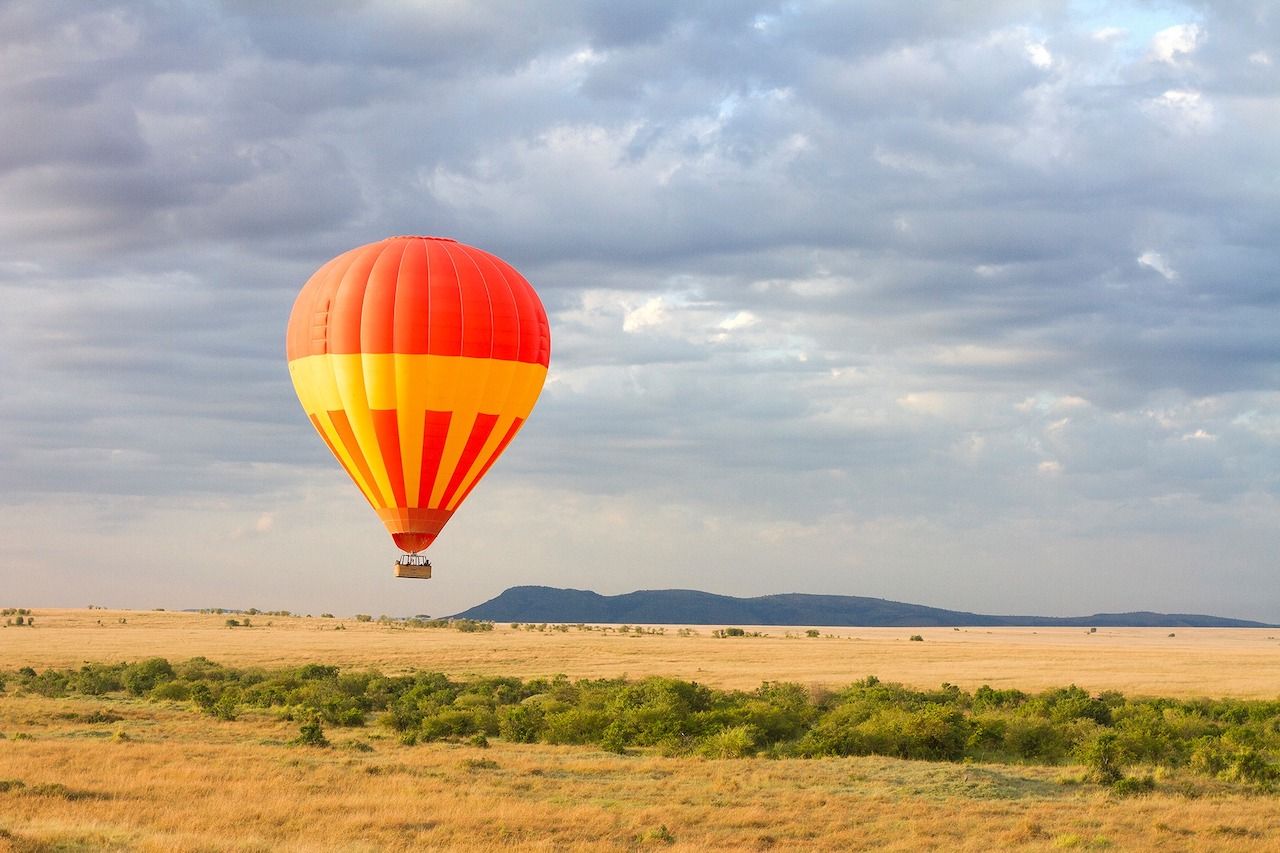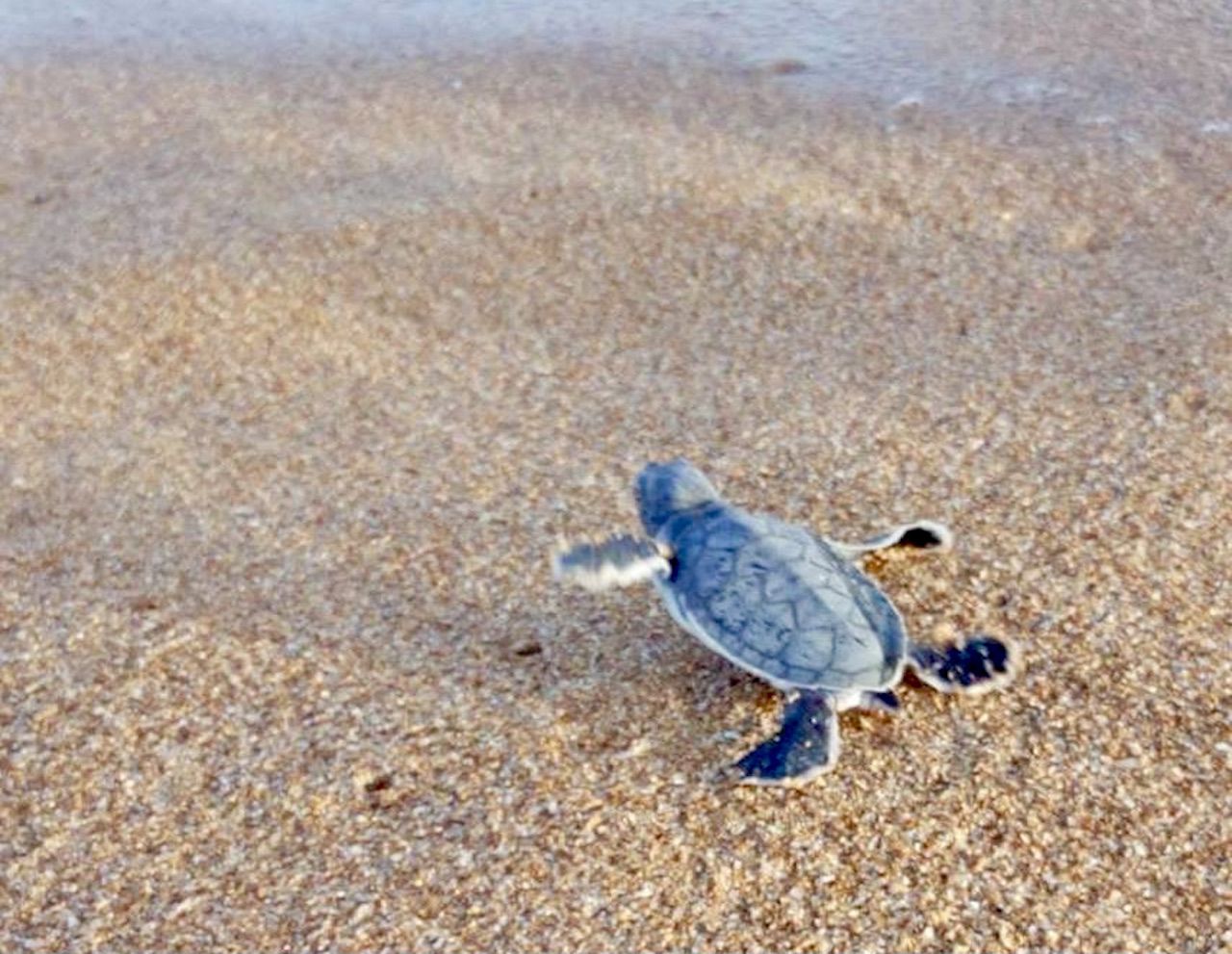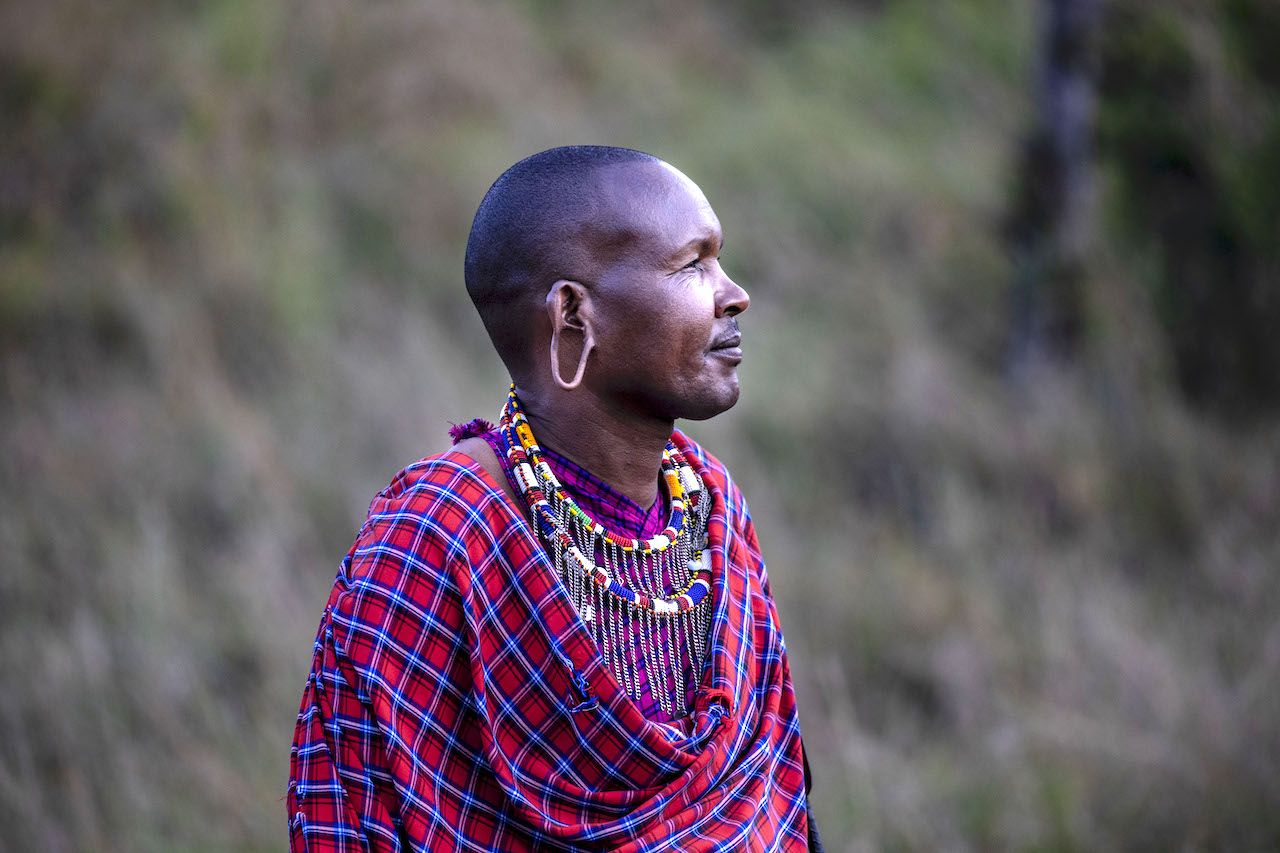Touching down on a makeshift airstrip at the Maasai Mara National Reserve and being met by herds of wildebeest and zebras grazing languidly along the grassy plains is an experience that will stay with you for years to come. These sights are part of the once-in-a-lifetime adventure that draws people from around the world to the birthplace of safaris: Kenya.
Though best known for its wildlife-rich parks and preserves, there’s more to Kenya than scouting for the Big Five. With topography ranging from the craggy, snow-capped peaks of Mount Kenya, to the expansive grassy plains of the Maasai Mara, the warm and sandy shores of Lamu, and even to the urban jungle of Nairobi, no two regions of Kenya are alike. With so many options, it may be difficult to decide where to start, what to do, and how much time to allot for each magical experience when visiting Kenya. We’re will help you plan your trip.
